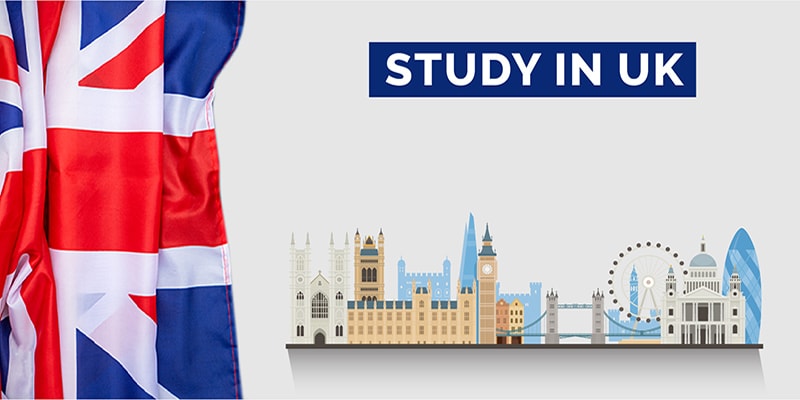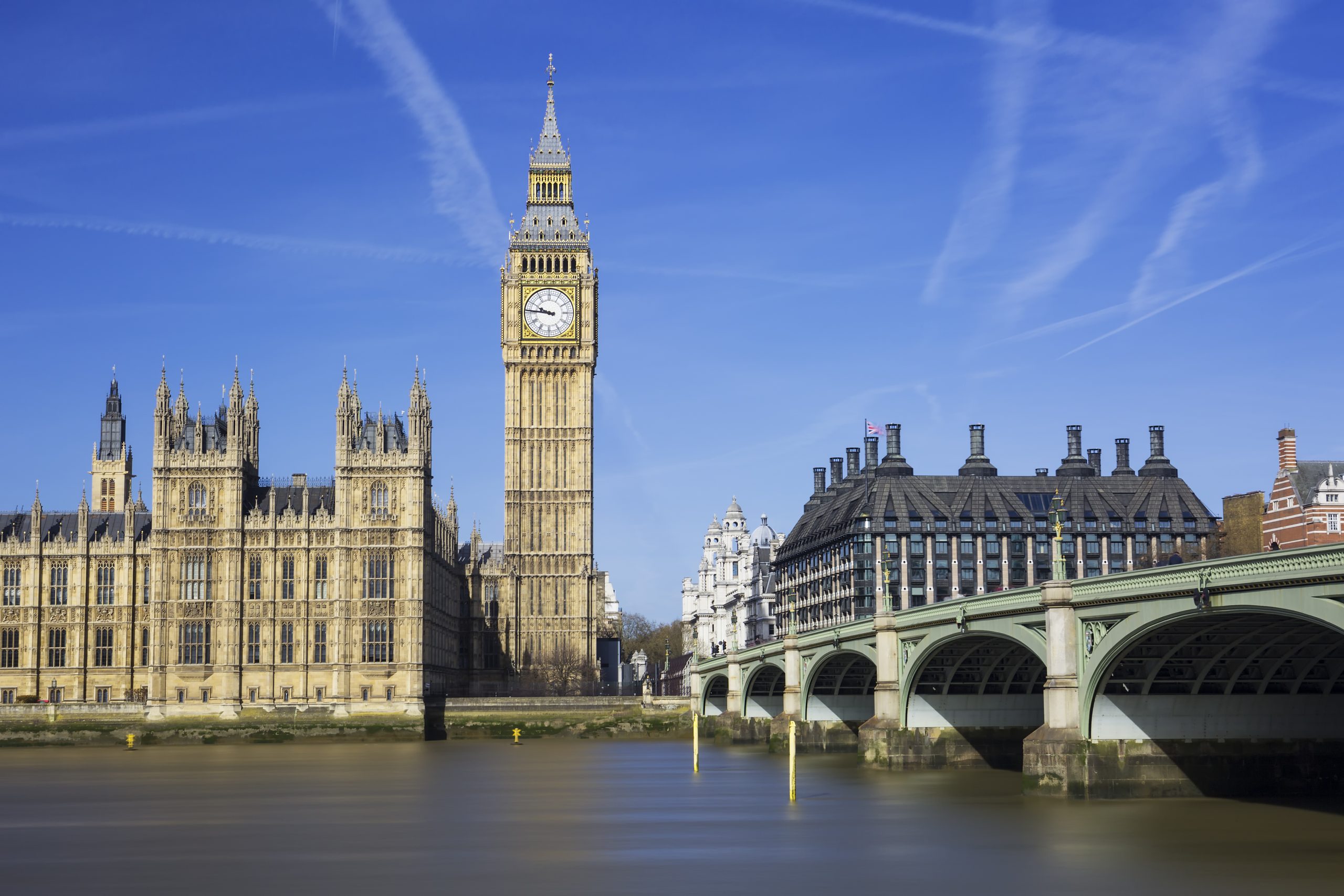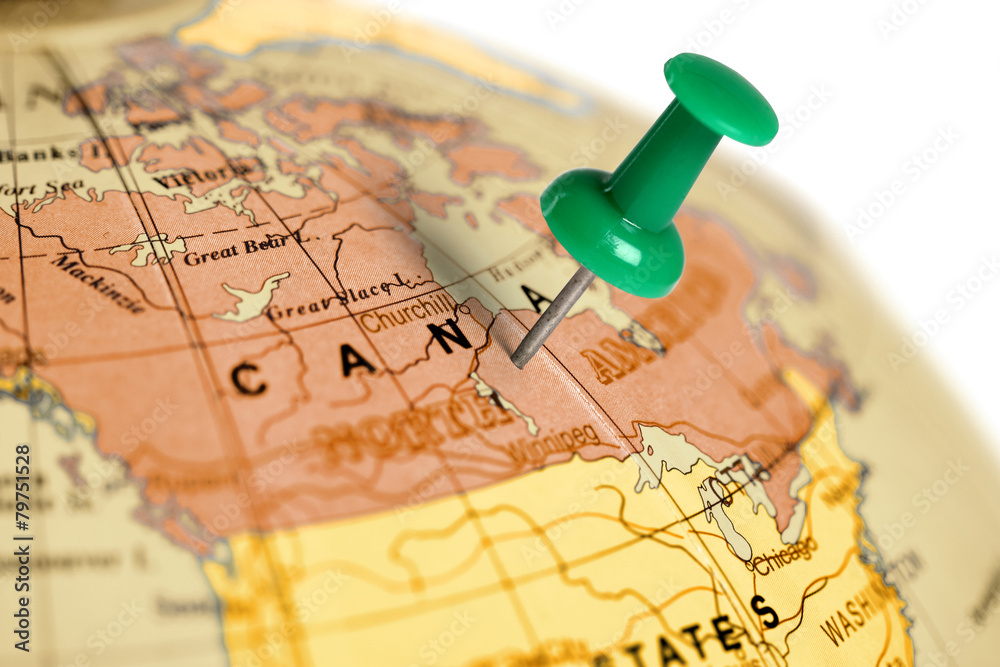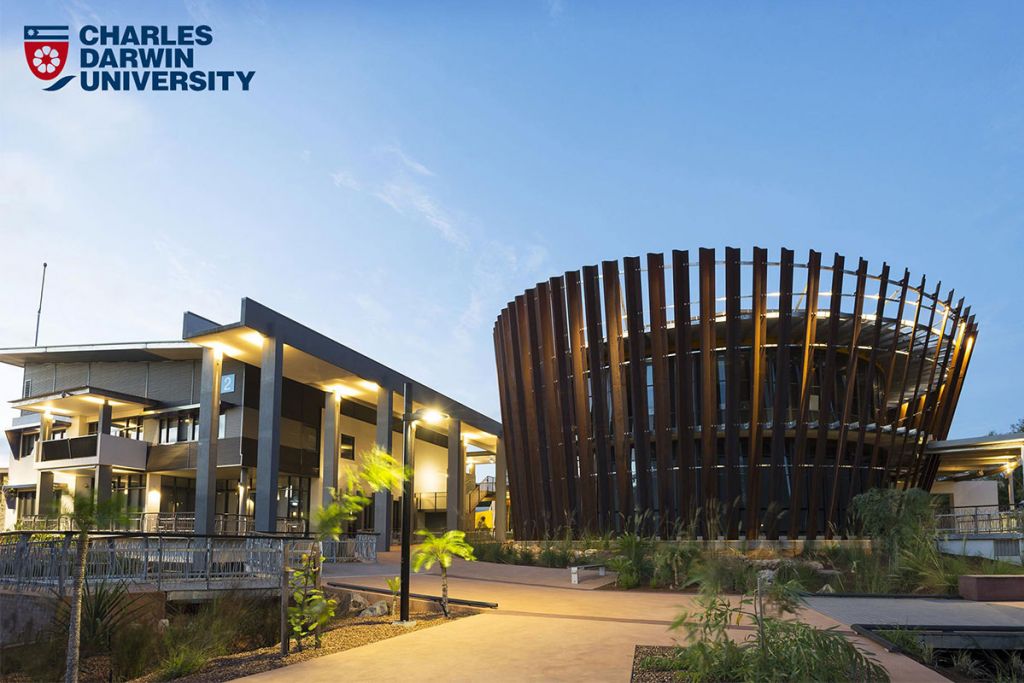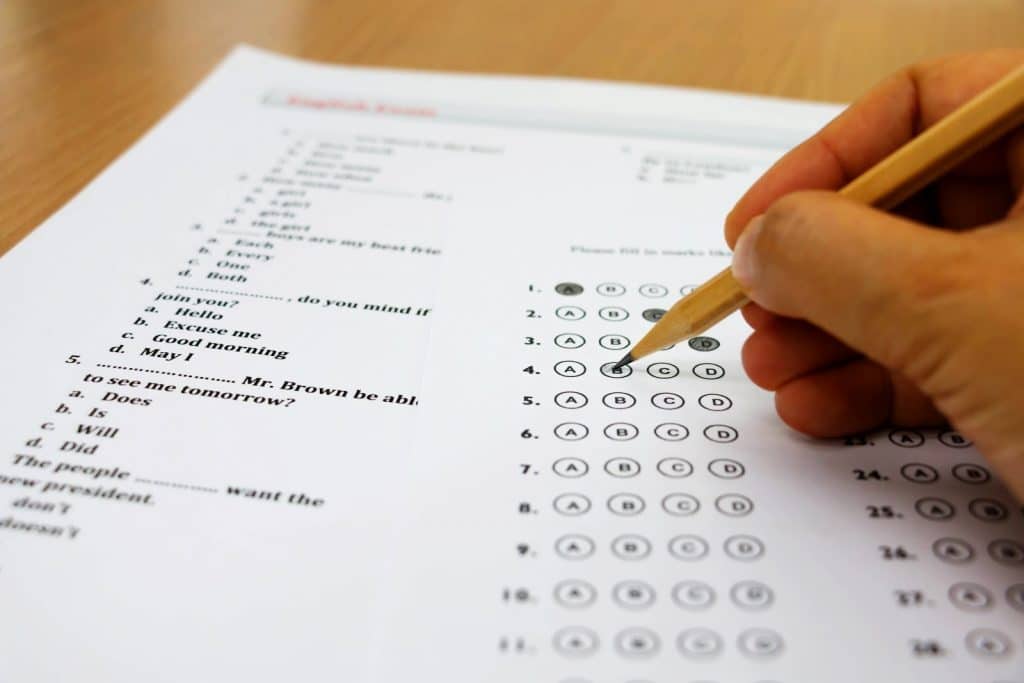
Top Reasons to Study in USA | Learning Park
The United States of America (USA)
The United States of America (USA) is the world’s greatest economic and military power possessing an invincible global concern and global reach. Every ambitious youth sees the USA as a land of opportunities and dreams for a US degree. It bears the world’s largest population of international students. In 2019, more than one million international students enrolled in American colleges for higher-level education which makes up to 5.5% of the total student body in the country and the number is just growing. (MPI, 2021)
The overwhelming influx of students and immigrants from around the world makes the USA a country of colourful cultural mix and traditions. Besides, the bluegrass and beaches, snow-covered peaks and redwood forests, food-loving cities and wide-open skies, enormous supermarkets and huge skyscrapers further add to the great American experience. Until the 19th and 20th century, the USA had 13 states to which 37 states were added, making the total number of states to 50. New York, Los Angeles, Chicago, Houston and Philadelphia are five of the largest cities in the country you may visit. The USA boasts various mesmerizing destinations for visit-the most urban life of New York and Chicago, the natural wonders of Yellowstone and Alaska to the sunny beaches of California, Florida and Hawaii being some of the real escapes.
Here are top reasons why studying in the US could be the best decision of your life:
- Academic Excellence
The US boasts of some of the finest universities, a lot of which consistently rank in the world university rankings. American institutions are also known to have high academic standards, follow rigorous practices to maintain quality and are well-supported to be able to offer excellent education to its students. As per the QS World Ranking 2019. 33 of the top 100 universities are from the US. Similarly, Times Higher Education Ranking has also ranked seven of the American universities in its top 10 list of universities.
- Language and culture
The American Declaration of Independence states that “all people are created equal” which is ingrained in cultural values people portray. They equally believe in independence and enjoy the concept of individualism. Shaking hands is the usual form of greetings and people are very informal and direct in conversation. Initially, the relaxed and informal atmosphere might not be usual for you. But, in no time you will realize you have attuned and adapted amongst entirely new faces.
English is the main spoken language and if you know a little of Spanish, French or Chinese, trips to some states would be more fun. Besides the political or historical background, diverse ethnicity, religious beliefs and traditions have entitled the USA with quite a number of public holidays. Christmas (24/25 December), Thanksgiving (fourth Thursday every November), Halloween (31st October) and Independence Day (4th July) are some of the major celebrations for you to get involved and live up to unique American traditions.
Food is the central part in most of the celebrations where family and friends come together and enjoy dishes, traditional recipes and cuisines. Over the years, recipes from around the globe have entered into the US kitchens making the American cuisine as varied and unique as the country itself. You will find so many delicious options to choose from. A local taste of the burger, pizza, apple and key lime pie and barbeque will lead you to some real tastes and help you immerse yourself in the American way of life.
Additionally, it has rich and wide-ranging climatic conditions. In terms of temperatures and precipitation, the territory deals with huge differences. The northwest is predominantly wet, the southwest fairly wet and the central part is dry and warm. Travelling to the USA in spring or autumn is comparatively a good idea; of course, you have to prepare for rainy winters and rather warm summers.
- Flexible Education System
American universities and colleges offer a myriad of courses and programs to choose from. You have the freedom to not only select the course content, but also the structure. At the undergraduate level, you have the liberty to pursue different courses before they you declare your major at the end of the second year. This helps to explore your subject interest and then decide without much hurry. Similarly, for your graduate studies, you can choose your preference and when you progress for your dissertation, you can focus on the ideas you want to emphasize upon.
- Excellent Support System for International Students
American universities understand the struggles of international students and therefore conduct regular orientation programs, workshops and trainings to offer assistance. In fact, the international student office helps students like you to get accustomed to a new kind of lifestyle – whether it is an academic query, cultural or social, the staff will be there to assist you round the clock.
- Travel
Laying back and thinking of moving around the country may seem challenging as an international student. But in fact, travelling is very comfortable and safe in the USA. You just need to identify the means you would travel by from and around the place you live. Airplane, trains and subway, bus, waterways (boats), metro, taxi, or rental cars are at your footsteps through apps as well as online reservation systems. Public transportation is well organized and domestic flights are affordable. You can even opt for a bicycle to move around your campus and local area that turns to be relatively inexpensive as well.
The USA offers you an opportunity to travel to different places and lifetime experiences to embrace. You may visit some of the world’s iconic attractions. Niagara Falls on the border of the US and Canada, Mt. Rushmore in South Dakota, Central Park in New York and Hollywood hills in Los Angeles are just a few you won’t want to miss.
- Work Permit
Flexibility is what the US higher education system offers through the enormous and diverse institution types it incorporates. This diversity leads you to options to specialize in a range of academic disciplines and enter the employment market more competently. Some educational institutions lay emphasis on broad educational principles, while some on practical skills required in the employment market.
The US educational calendar usually begins in August-September and continues through May or June. The academic year in most of the institutions is composed of ‘semester’; while some even practice ‘trimester’ or ‘quarter system’ of four terms which includes an optional summer session. There are thousands of colleges and universities throughout the country providing quality education and therefore, there are ample opportunities for all individuals. America has some of the world’s best-ranked Universities namely, Princeton University, Harvard University, Columbia University, University of California, etc. However, the most important thing to consider is the course and fee structure of the degree you aim to pursue.
Colleges are smaller than universities that generally provide under-graduate degrees. Community colleges, also known as junior college, have a significant role in the US educational system. They have affordable study options of two-year associate degrees after which you can continue studying in universities for an undergraduate degree. Universities offer research-based masters, doctoral and post-doctoral degrees.
Associate degree: 2 years
Bachelor’s degree: 3-4 years
Master’s degree (professional): 1-3 years
Master’s degree (Academic): 2 years
Doctorate or PhD: 5-8 years
Public universities, also known as State universities are funded by the government of a particular state and so you can expect a subsidized fee structure. Private universities, on the other hand, are supported by tuition fees and donations. Both the universities offer varieties of courses and impart the almost similar quality of education. As an international student, you may wish to do the calculations to comprehend to the extent you can stretch financially based on the type of qualification and university or college you choose. If you opt for medicine or engineering, they are likely to be more expensive unlike some countries having expensive MBA courses. The annual fee may range from $10,000 to $55,000.
Additionally, the US educational system requires you to meet a certain standard of English proficiency. Most colleges and universities in the US will require you to have an IELTS score of approximately 6.0 and/or a TOEFL score range of 70-90. However, it depends on the institution’s own set requirements.
Institute
| Institute | Rank |
| Eastern Michigan University | |
| Westcliff University | 601-800th by TImes Higher Education in 2021 |
| St. Cloud State University | |
| Arkansas State University | |
| American National University | |
| Florida Polytechnic University | |
| Trine University | |
| West Virginia State University | |
| University of Montana | 501–600th by Times Higher Education(THE) in 2022 |
| University of the Incarnate Word |
Bottom of Form


